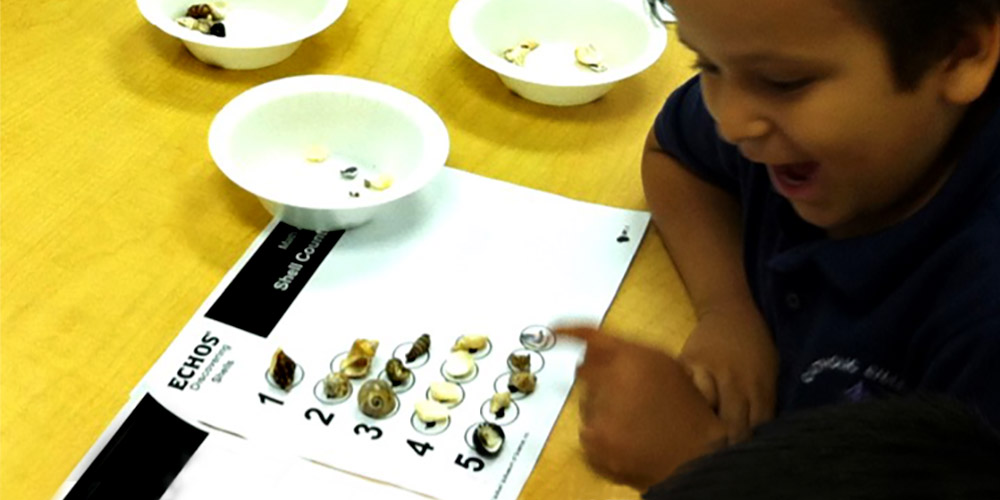
The overall goal of the Early Childhood Hands-On Science (ECHOS) model is to increase teachers’ ability to introduce basic science concepts to preschool children through the use of a guided inquiry-based curriculum.
Core elements of the ECHOS approach are the modeling of science process skills and the use of guided inquiry and exploration. Science lessons and integration activities are designed to build on children’s existing knowledge base. Using concrete, hands-on materials and guided exploration directed by the sequenced lessons, teachers introduce the content and science process skills that help children build meaning over time. The lessons provide new experiences that will become the foundation for the development of more complex science concepts introduced later in their schooling. To learn more about ECHOS curriculum in detail, read the 2022 ECHOS Curriculum Brochure found on the resources page.
E-I-E-I-O Learning Framework
To learn more about the framework, click on the video below.
Unit Overviews
The curriculum features the following life science, physical science and earth science units listed below. Each Unit Overview includes a short video clip from an ECHOS science lesson.
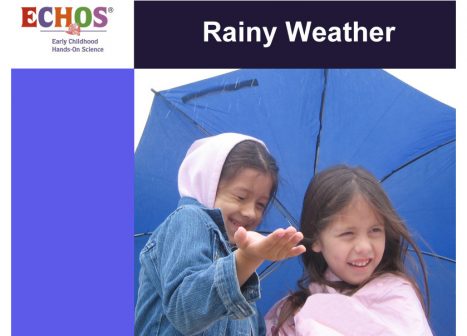
Rainy Weather
Unit Goal: Children explore where precipitation comes from, what it is and where water goes after it rains.
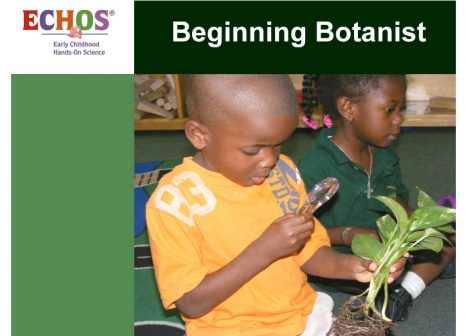
Beginning Botanist
Unit Goal: Children learn about the parts of plants and what plants need to live and grow.
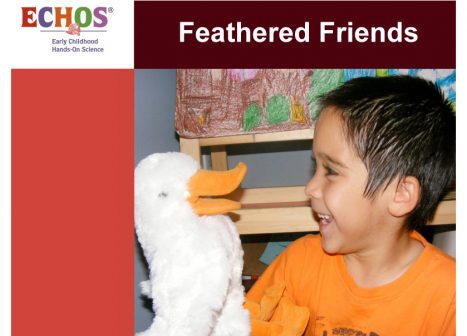
Feathered Friends
Unit Goal: Children discover that different types of birds have different types of beaks, feet and feathers to help them live in different habitats.

Busy Buzzing Bees
Unit Goal: Children learn about the special features of honeybees and their important role in helping transfer pollen from one flower to another.
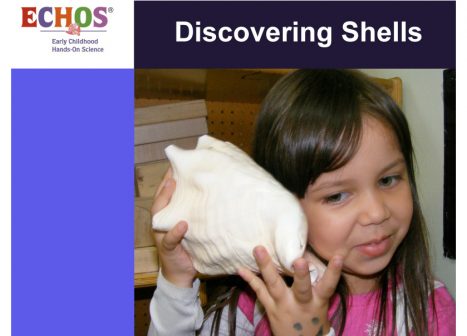
Discovering Shells
Unit Goal: Children use multiple attributes to sort and categorize shells, and learn about their functions.
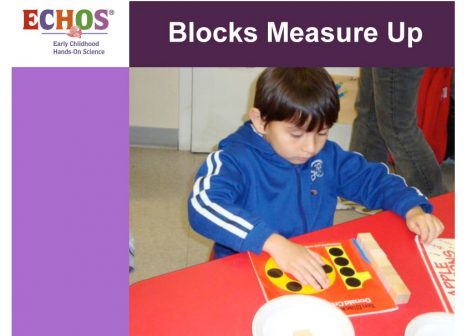
Blocks Measure Up
Unit Goal: Children use blocks as an alternative measurement tool to compare the length and height of objects.
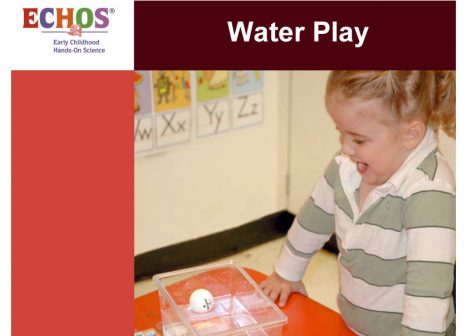
Water Play
Unit Goal: Children use science processes to investigate volume, water displacement and buoyancy.
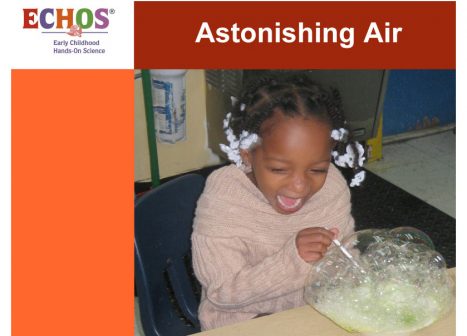
Astonishing Air
Unit Goal: Children engage in trial-and-error investigations that allow them to observe the presence of air and explore its properties.
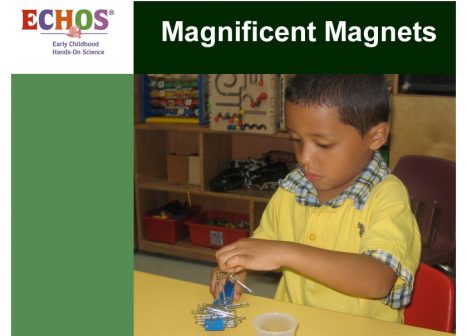
Magnificent Magnets
Unit Goal: Children engage in investigative activities that encourage them to explore how magnets interact with common magnetic and nonmagnetic objects.